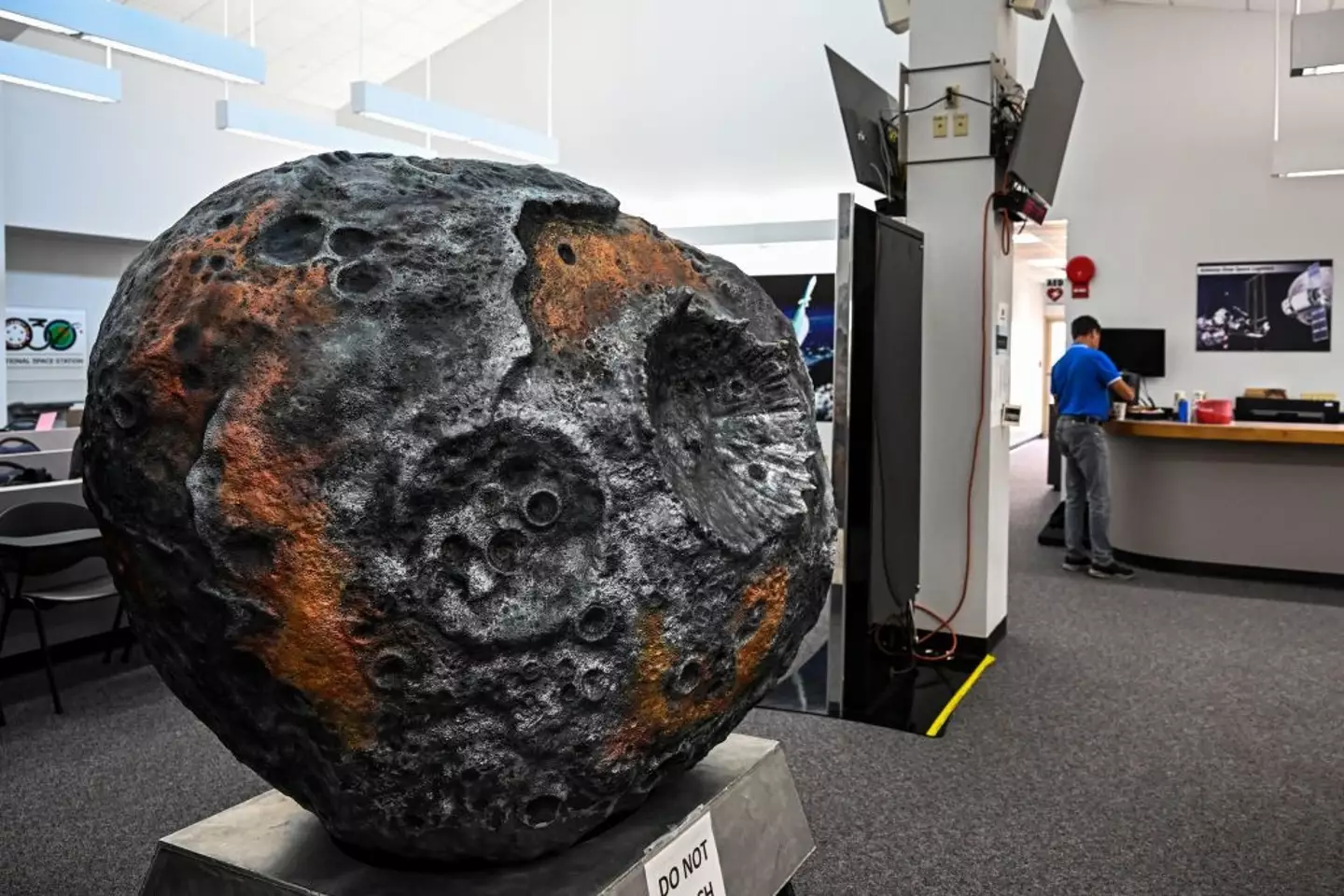An asteroid worth $10,000,000,000,000,000,000 could turn every single one of us into billionaires. Hypothetically.
Last month, NASA sent a SpaceX Falcon Heavy rocket to go and probe 16 Psyche, one of the largest discovered M-type asteroids.
The spacecraft will travel 2.2 billion miles (3.5 billion km) to its destination, located in the main asteroid belt between Mars and Jupiter.
Most asteroids we know of are made up of rock and ice - but this one is pretty special.
16 Psyche is composed of metals which could greatly benefit our economy - hence its huge monetary value.
Its elements include platinum and palladium, which are essential to cars and electronics here on Earth.
There are nine metal-rich asteroids known to exist in our solar system, but 16 Psyche is the largest - which is why NASA is investigating it.
The US space agency estimates that this oddly shaped asteroid, which has a surface area of about 64,000 square miles (165,800 square kilometres), is made up of 30 to 60 percent metal.
It could also contain the exposed nickel-iron core of an early planet which is one of the building blocks of our solar system.
And if, for some reason, 16 Psyche was brought back to Earth and broken down for our gain, we could all become billionaires.

A model of the Psyche 16 asteroid (CHANDAN KHANNA/AFP via Getty Images)
Let's take a look at what would happen if the asteroid's materials really were worth $10 trillion dollars, and that wealth was divided between every single living person.
There are some 8.025 billion humans alive as of 2023.
So dividing $10 trillion by our population would give us each a total of $1,246,105,919.
While this sounds like an absolute dream, the scenario would pose some issues - namely that our economy would disintegrate.
And even with $1.25 billion to your name, you still wouldn't be anywhere near as well-off as the very richest of society.
Take Elon Musk, the world's wealthiest man, for example.
.jpg)
SpaceX founder Elon Musk would still be 250 times richer than all of us (Chesnot/Getty Images)
His net worth is actually worth 250 times more than the asteroid pay-out, at $313.9 billion.
However, NASA aren't going to 16 Psyche purely to harvest its precious metals, but to learn more about planetary cores and how planets form.
Plus, SpaceX's rocket isn't expected to reach its destination until July 2029, so we've got a while to wait yet.
NASA states on its Psyche mission webpage: “Psyche offers a unique window into the violent history of collisions and accretion that created terrestrial planets."
The investigation also aims to find out whether the asteroid really is the core of a planetesimal, a rock from the very early days of the solar system.
Featured Image Credit: NASA/JPL-Caltech/ASU/Aubrey Gemignani/NASA via Getty Images










)









 English (US) ·
English (US) ·